Tucked away at the end of a track off the Helston to Lizard road, you’ll find a haven of wildlife and flora, known particularly for its birds. A seventeenth century windmill greets you as you arrive, and a world of walks and exploration is ahead of you.
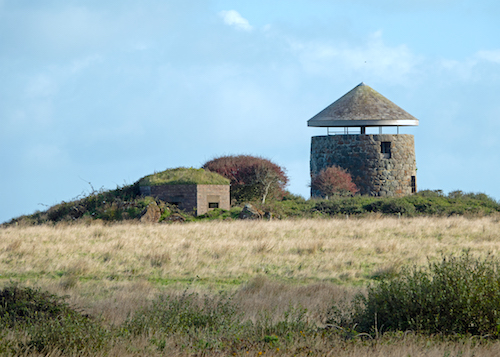
Windmill Farm is worth visiting at any time of year. There is an array of habitats, including wet and dry heaths, pasture, ponds, hay meadows, arable land and extensive hedgerows. This mix of habitats means the site is home to a huge variety of plant, bird and invertebrate species.
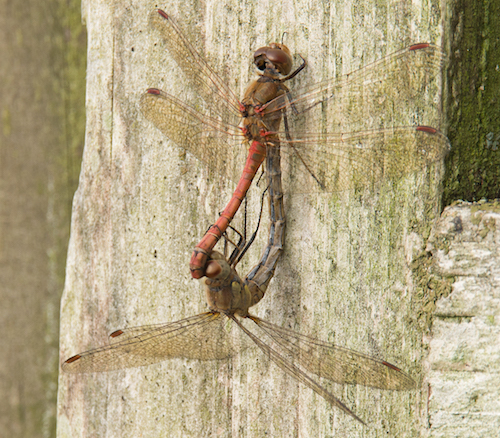
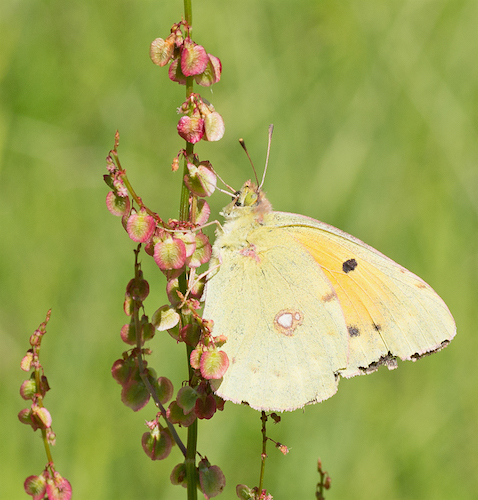
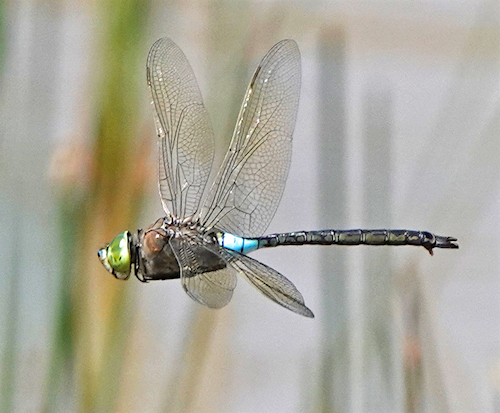
The winter bird arable project consists of three fields covering an area of four hectares, a quarter of which is cultivated each year to provide a standing bird food crop for overwintering birds. Look out for large flocks of feeding finches. Flocks of more than a thousand birds have been seen here in recent years.
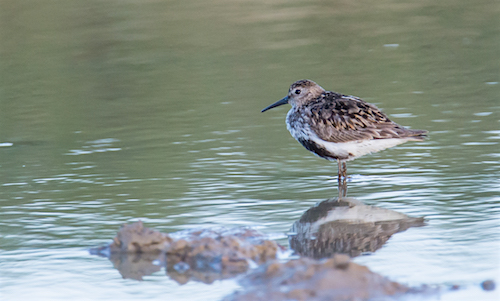
Jointly owned by the Cornwall Bird Watching and Preservation Society and Cornwall Wildlife Trust, the reserve has three hides overlooking two ponds. The newly refurbished windmill near the entrance is now used as an observation hide. Before heading away from the car park, visit the small information centre, where you will find information about the reserve and the walking trails.
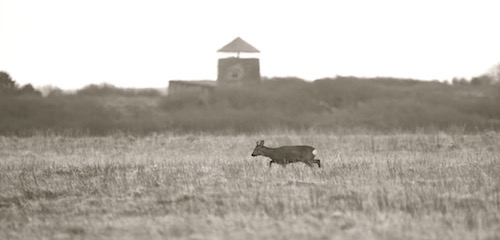
How to find the reserve: Heading south on the A3083 (the Helston to Lizard village road), go past the turning to Mullion Cove and the turning to Trevelyan Holiday Homes. After the Trevelyan turning, continue along the road for 500 m. Turn right onto a wide, long and straight section of rough tarmac road. Continue along this track for 500 m until you reach the car park just before the old windmill.
Parking: Free car park. Open all year.
Dogs: Sorry, no dogs allowed, to protect the bird life and because of grazing animals on site.
Facilities: Please note there are no toilet or café facilities on site. The closest toilets are in Lizard village. There is an information centre next to the car park, where you can pick up a map of the extensive nature trail which winds around the farm.
Accessibility: Public footpaths are accessible for wheelchairs and pushchairs, but be aware that the terrain can be bumpy in places. Visitors are advised to wear wellington boots or other stout footwear.
Activities: Walks, wildlife, flora, history, archaeology
